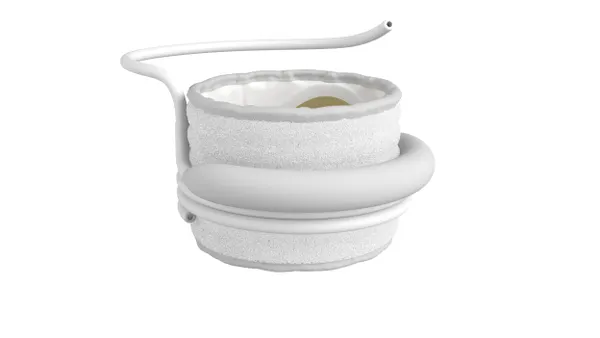Dive Brief:
- Hamilton Medical is recalling 4,338 Hamilton-G5 ventilators used for intensive care ventilation because of the potential for a software error to cause the device to stop providing breathing support to the patient.
- The company received 14 complaints associated with the error message “Panel connection lost,” FDA said Friday. There were no reports of harm to patients, but FDA identified the recall as Class I because the agency determined use of the device without a software correction could cause serious injury or death.
- The company said it has developed new software for the ventilator that reduces the probability of the error occurring. Operators of the device are required to contact their distributor and have the ventilator updated with software version 2.80.
Dive Insight:
The ventilators are used in hospital settings including intensive care and emergency wards, recovery rooms and long-term acute care facilities to provide breathing assistance to adult, pediatric, infant and neonatal patients.
The company is recalling the device due to the potential for an error message to occur sporadically that results in the machine ceasing ventilation and entering what is called an “ambient state.” If that happens, alternative ventilation must be provided immediately, FDA said.
In the device’s ambient state, valves in the ventilator are opened and the patient breathes air in the room unassisted. The ventilator also sounds a high-priority alarm with blinking LED lights to alert medical staff.
The “Panel connection lost” error message may be generated due to a blocked or terminated communication between the ventilation unit processor and the interaction processor, Hamilton Medical said.
The recalled device is the Hamilton-G5 ventilator (PN 159001) with all serial numbers lower than 16192 and software versions of 2.60 or below. The devices were manufactured and distributed between Nov. 29, 2007 and Oct. 31, 2018.
Hamilton Medical sent customers a field safety corrective action notice about the problem, identifying the affected model and serial numbers, on Feb. 11. The company issued another safety communication on March 20.












